The Two Types of River Waves: Which One Are You Surfing On?
A professional kayaker once told me that holes are a “dime a dozen” but waves are something special. I thought this was a great way to put it and probably the reason we surfers (and kayakers) search far and wide to score a river wave. How many times have you driven around a river bend expecting to see the next undiscovered wave only to see whitewater chaos, but nothing ride-able? So why is this? As a wave designer I spend my days answering and agonising over this precise question.
There are two types of river surf waves — Hydraulic Jumps and Sheet Flows. A Hydraulic Jump Wave forms when fast moving water slows down because of the water downstream, called “tailwater”. There are many examples of Hydraulic Jump Waves:
- Eisbach
- Czech Wave
- Lochsa Pipeline
- Brennan’s Wave
- Boise River Park
- Lunch Counter in Wyoming
- and countless other river waves.
By contrast, a Sheet Flow Wave forms when fast moving water flows over a bottom contour that shapes the wave but is not affected by the tailwater. The best example of this is the Cunovo Wave in Slovakia. Note in the video how much the pool downstream is below the wave – not impacting the wave at all. In general, a hydraulic jump wave is the only type that forms naturally in rivers. I suppose a sheet flow wave could form in a river, but I personally have never seen or ridden one.
Hydraulic Jump Wave or Sheet Flow Wave?
I have been asked which is better a Hydraulic Jump Wave or Sheet Flow Wave? That is a tough question and probably more of a personal preference. For me, I can’t tell the difference when I’m surfing as long as the sheet flow wave is deep enough to ride full profile and stiff fins. Although shallow sheet flow waves like the FlowRider™ are super fun, I prefer the feeling of driving through turns as only fins allow. Hydraulic Jump and Sheet Flow Waves are formed by two fundamental elements — hydraulic drop and flow.
Flow: It’s obvious but without water there are no river waves. Also without enough water it’s not deep enough to surf. My experience is that a minimum flow for a surf wave is about 15 cubic feet per second (cfs) per foot of width of wave (1 cubic meter per second per meter) but this is very dependent on various hydraulic conditions.
Hydraulic Drop: This is energy available to create the wave. More drop equals bigger waves right? Not exactly, there are practical limits. In general, 2 to 4 feet of drop is ample to create good waves.
Neil Egsgard with the Surf Anywhere Project wrote a great article for Riverbreak on the basic elements needed to create river waves. Check it out for more info.
The Four Types of Hydraulic Wave Formations
My expertise is designing Hydraulic Jump Waves. That’s the kind of wave most commonly surfed. Hydraulic jumps are affected by many factors, none more than tailwater, the depth of water in the downstream pool. Depending on tailwater there are typically four unique wave/hole formations:
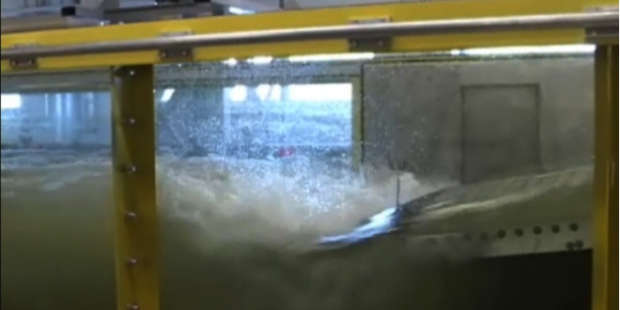
#1: Pour Over (Lowest Tailwater) — Can be hazardous to river users due to strong upstream currents.
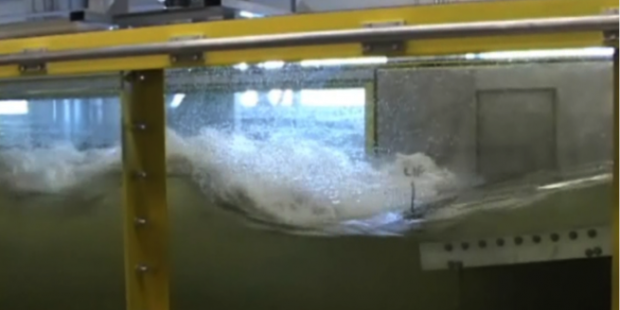
#2: B Jump (Low Tailwater) — A hole formation (breaking wave) that occurs just downstream of the structure.
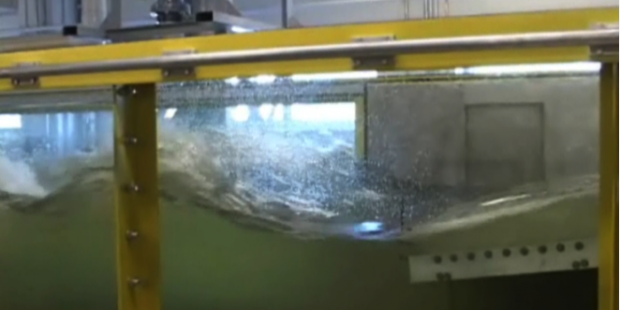
#3: Max Wave (Perfect Tailwater) — The holy grail for river surfing.
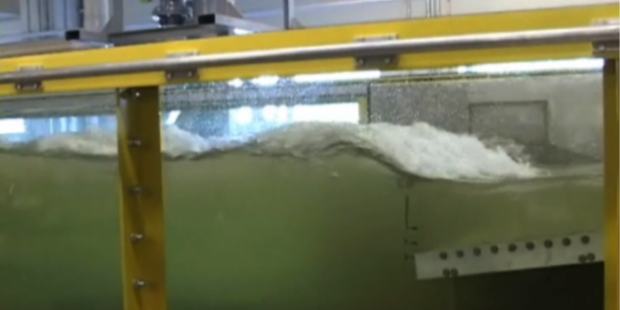
#4: A Jump (High Tailwater) — Hole formation (breaking wave) that occur on the structure.
Video Illustrating the Various Wave Forms
Check out this video during a MWDG physical model that illustrates the various wave forms. Note how the wave form changes with tailwater. Can you find the four wave forms?
As you can see in the video, the Max Wave, what we all want to ride, is very sensitive. The height and steepness needed to surf requires a specific tailwater depth. Herein lies the crux of the wave building problem. To further complicate the matter, there are many variables besides tailwater that affect Max Wave — drop, flow, geometry of wave structure, slope of approach, downstream pool configuration, and others.
How to Design a Max Wave
There are two approaches to effectively design a Max Wave. Trial and error may work in canals and other very controlled environments but still may never yield a Max Wave suitable for surfing due to so many variables or may be cost prohibitive particularly in natural rivers.
Real-Time Adjustability – WaveShaper™ (developed by MWDG) to solve the Max Wave problem. The WaveShaper™ can be adjusted to affect the approach angle, drop, and tailwater relative to the structure – three of the biggest factors. Design is still very important even with real-time adjustability because the range that Max Wave occurs is still easily missed. In addition, the more adjustability a feature has the higher the cost so accurate design is key. The Boise River Park is a good example to illustrate how the WaveShaper™ works and it’s applicability to river surfing.
Static Features – Boulders or concrete structures. This requires the highest level of design and experience to reliably create a Max Wave. MWDG designed a static feature called the Treadmill Wave in Columbus Georgia. In general, the best static feature waves occur with higher flows than required by the WaveShaper™, which is often not available.
Getting your Wave Built
So what does all this mean to ripping your first turns? If you surf a man-made wave already, consider yourself lucky and buy the designers/builders a beer (or two) next time you see them, it’s a great accomplishment. If you want one built in your town, get in touch with an experience designer that has had success building surf waves. If you are keeping it natural, keep hunting around that next bend and hope for highwater. See you on the river.
By: Ben Nielsen, PE, LEED AP

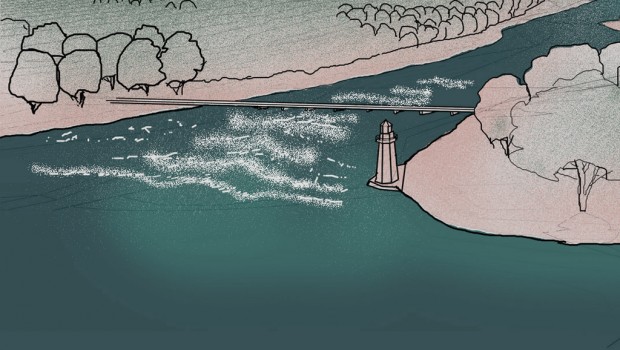
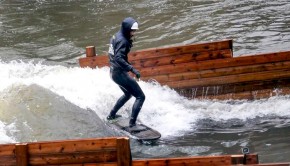
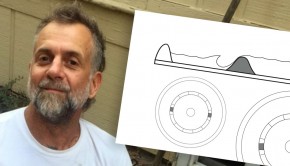
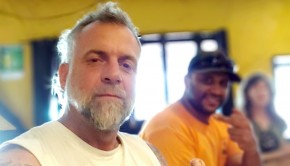
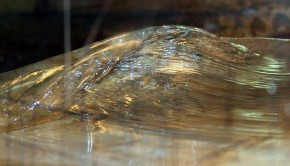
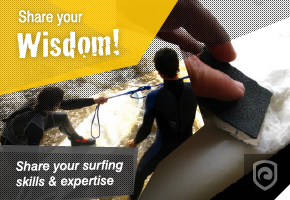









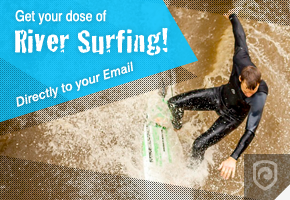
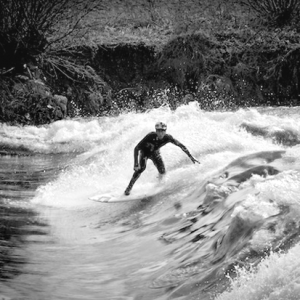
Pingback: What are the Different Types of River Currents? | Whitewater Guidebook